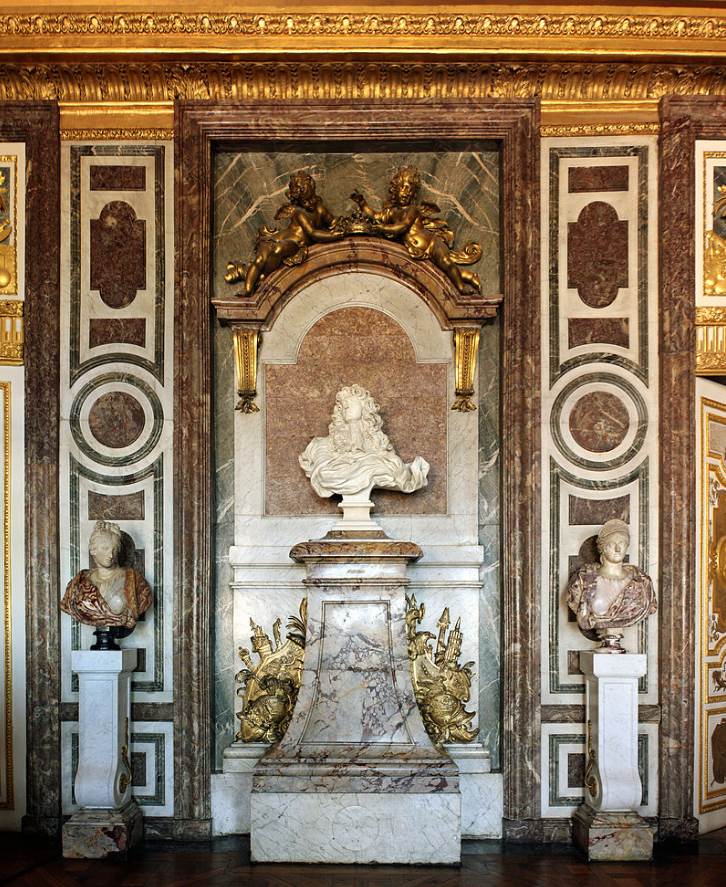When Gian Lorenzo Bernini (1598-1680) moved to Rome with his family as a young boy, he barely left the city.
After all, he had sworn to decorate the city and its most amazing buildings, and that’s exactly what he did for most of his long career.
Because he was one of the most renowned Baroque sculptors of his age, he attracted attention from other parts of Europe as well, including the French king.
In this article, we’ll take a closer at some of the most interesting facts about the Bust of Louis XIV, one of the few masterpieces by Bernini that he didn’t produce in his beloved Rome.
1. It was completed during Bernini’s short 5-month trip to Paris
Gian Lorenzo Bernini is arguably one of the most famous Italian artists in history. He permanently left his mark on the city of Rome with sculptures and building designs.
The versatile artist was both an incredibly gifted sculptor and also became the main architect of St. Peter’s Basilica, the largest church in the world.
He moved to Rome with his family from his native Naples as a young boy in 1606. Since then, he only reluctantly left the city and mostly to nearby places.
Pope Alexander VII used his influence to engage Bernini as part of a political and diplomatic mission to France. Needless to say, Bernini wasn’t eager to travel to Paris.
He did, however, embark on a journey to Paris in April 1665 and stayed in France for 5 months. During this period, he carved the Bust of Louis XIV.
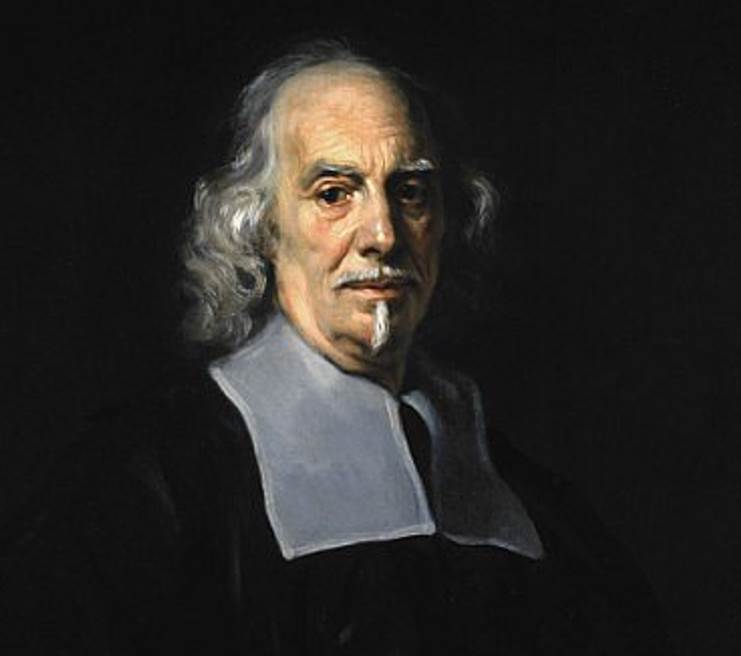
2. It depicts the young French King in the typical Baroque manner
Bernini is considered to be the leading Barque Baroque artist of his time and is credited with founding the Baroque style of sculpture in the 17tn century.
The style is defined by an exaggerated sense of drama and motion that was unseen during the Reniassance and Mannerist eras.
This sculpture depicts the French King Louis XIV when he was only 27 years old. He already became the French King in 1643 when he was only 4 years of age.
His mother, Queen Anne of Austria was the regent when he was still a minor between 1643 and 1651. he eventually reigned for 72 years, the longest of any verifiable monarch in history.
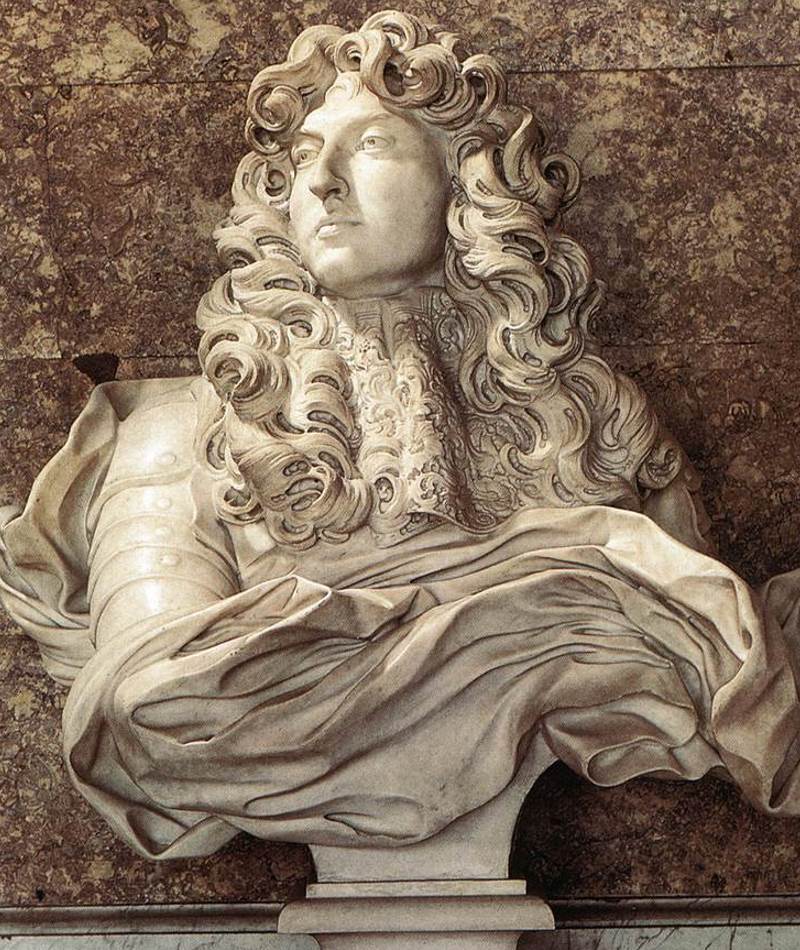
3. The artist had 13 sittings with the king to produce this work
The French King was the most powerful man in Europe at the time and he is considered to be the ultimate symbol of Absolutism.
This made it rather hard for Bernini to get close to the king as he didn’t manage to get the 20 sitting sessions that he had hoped for.
Instead, he got together with the king 13 times, each lasting just one hour. It eventually took 40 days for Bernini to carve the Bust of King Louis XIV.
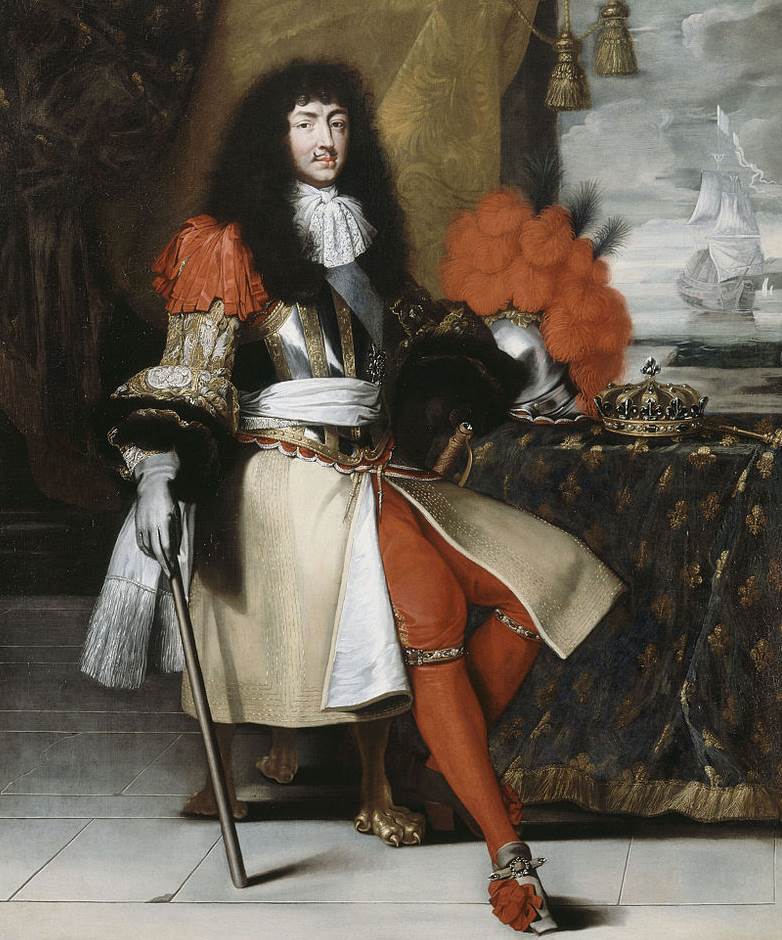
4. The bust was generally considered to be a great success
The king’s bust was just one of the reasons why King Louis XIV was eager for Bernini to visit Paris. He also wanted him to redesign a new section of the Louvre Palace.
Bernini was a superstar of his time and rows of people were lining up to get a glimpse of the Italian sculptor when he walked in the streets of Paris.
The two styles, however, clashed and Bernini’s design for the Louvre was rejected by the king because it was deemed too Italianate and Baroque in design.
Bernini didn’t shy away from integrating Baroque elements in the bust, however, because the drapery has the illusion of blowing in the wind.
He also integrated some idealized characteristics of the king, something that makes him look like a dictator. Perhaps this is the reason why the king welcomed the bust with open arms.
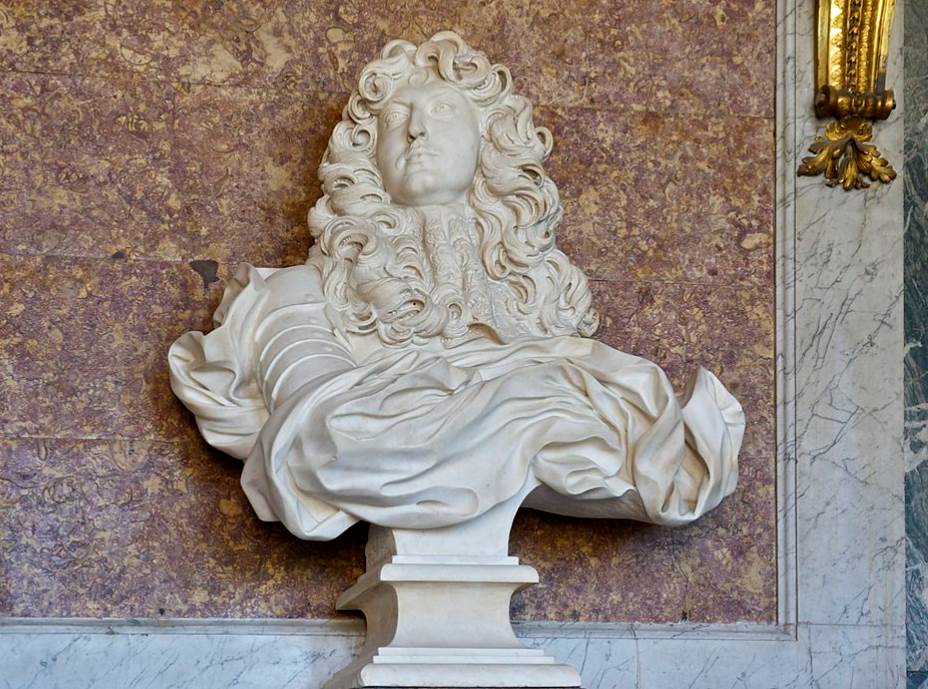
5. The equestrian statue that Bernini carved in Rome was rejected
The bust is the only surviving artwork that Bernini produced during his 5-month stay in Paris. The relationship between the Italian artist and the French court was rather grim during this period.
That’s why he quickly left after completing the bust and he carved the Equestrian Statue of Louis XIV that the king commissioned when he was back in Rome.
He kept his promise but this monumental sculpture only arrived in Paris in 1685, 5 years after the artist had passed away.
Perhaps this notion made it easier for the king to reject the statue. He had it placed in a corner of his palace and it was modified to represent a sculpture of the Roman hero Marcus Curtius.
Regardless of the king’s taste, this is truly a masterpiece by Bernini which reflects the huge amount of talent that he was blessed with.
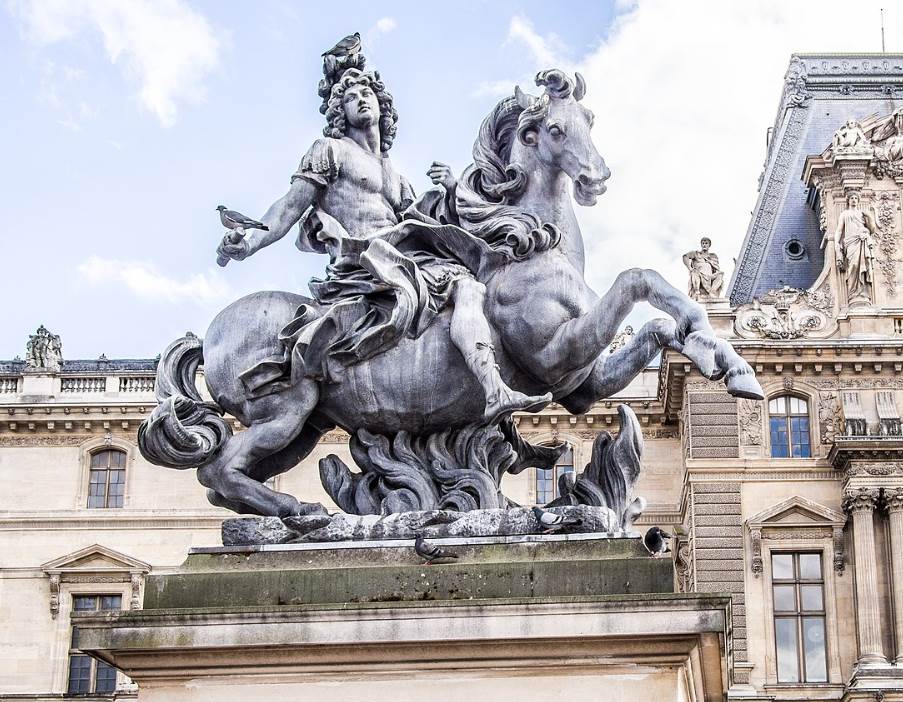
6. An early bronze replica of the bust can be found in Washington D.C.
Bernini was accompanied by an art collector named Paul Fréart de Chantelou (1609-1694) who also served as his translator and tour guide.
He kept a journal of the artist’s visit titled “Cavalier Bernin,” a work that was first published in 1685. It described the trouble that Berini had dealing with the hardheaded French king.
Regardless of these clashes, the king considered the bust to be a great success and this is emphasized by the fact that many replicas were produced.
Few have survived today and the only contemporary bronze sculpture, completed around 1700, is part of the collection of the National Gallery in Washington D.C.
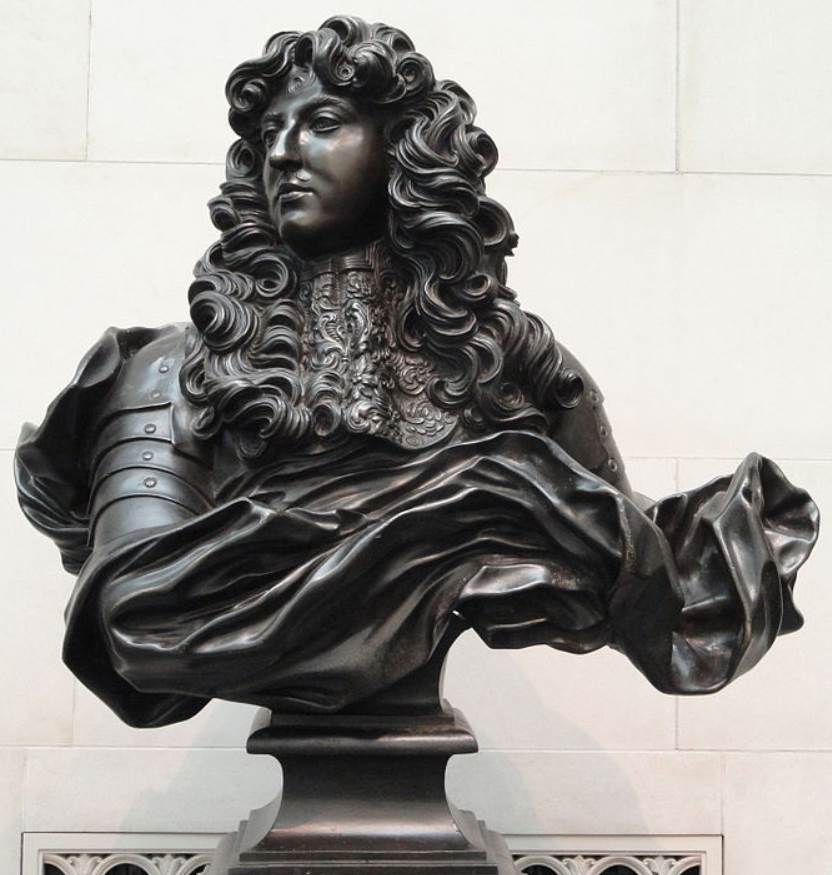
7. How big is the Bust of King Louis XIV by Gian Lorenzo Bernini?
It took multiple days before Benini was able to find a suitable block of marble. During this time, it was still uncertain whether or not he would carve a bust or a full-body statue.
Because it turned out to be a bust, the sculpture isn’t that big as it only stands 80 centimeters (31 inches) tall.
8. Where is the sculpture located today?
King Louis XIV considered this bust to be a reflection of his absolute power, especially since he sculpted the king wearing military armor.
The sculpture initially decorated the Louvre Palace in Paris but because the king liked it so much, he had it moved to the Palace of Versailles.
Today, it still decorates the Salon de Diane at the huge palace just southwest of Paris.
